
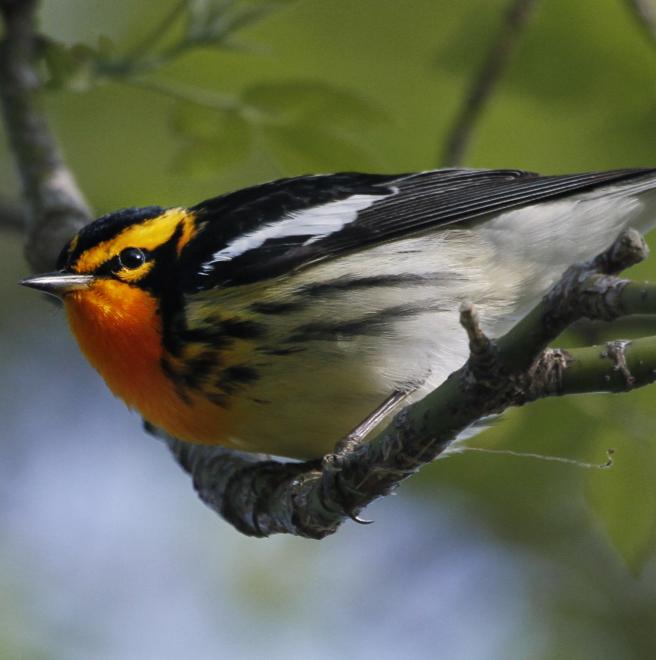
Striped flashily with black and white above and glowing-flame orange below, a male Blackburnian Warbler engenders surprise and awe in all who see it for the first time, and it remains a perennial favorite of even jaded birders. Like many other warblers, this species depends on coniferous (especially spruce) forest to breed in. Audubon’s climate model projects a nearly total shift in summer climate space for this species, so it will likely need to adapt to new regions well north of the current breeding areas. Most Blackburnian Warblers winter in South America, some as far south as the Bolivian Andes, making this one of the most southerly migratory warbler species.
Explore more birds threatened by climate change around the country.
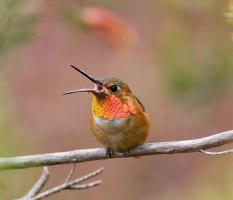
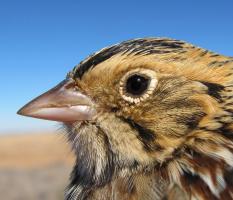
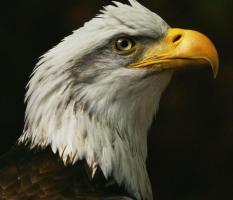
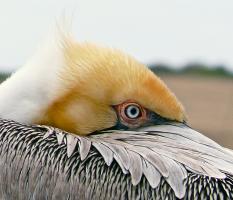

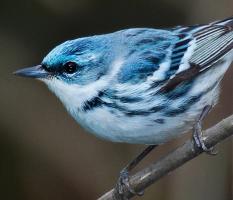
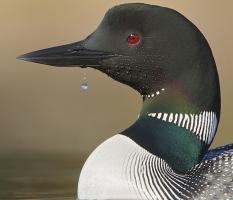
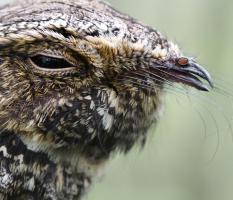





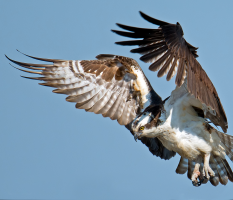
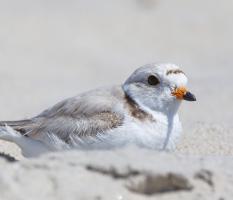

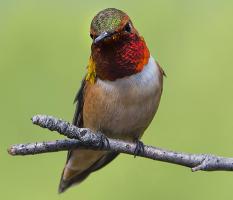

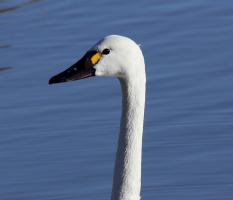
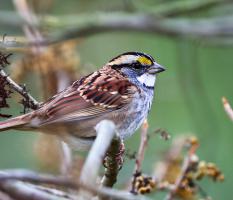

It's easier than you think to make a difference. Become an Audubon member today to help birds facing climate change.